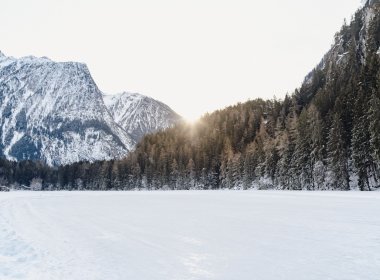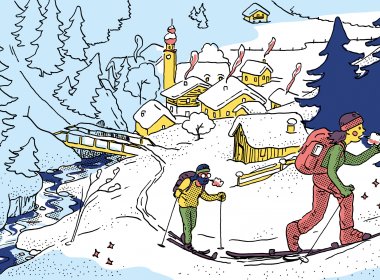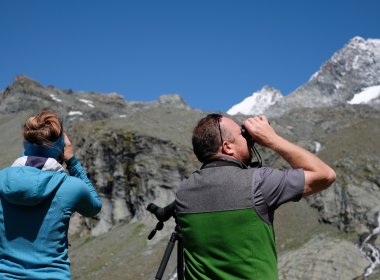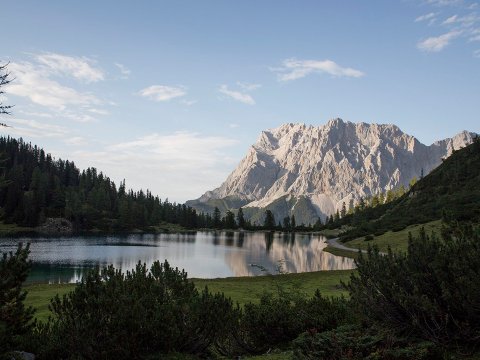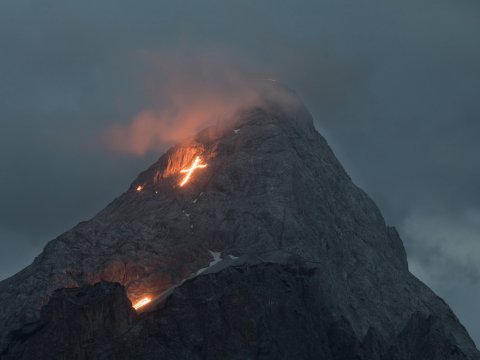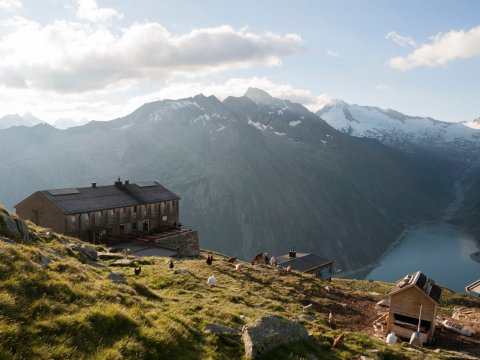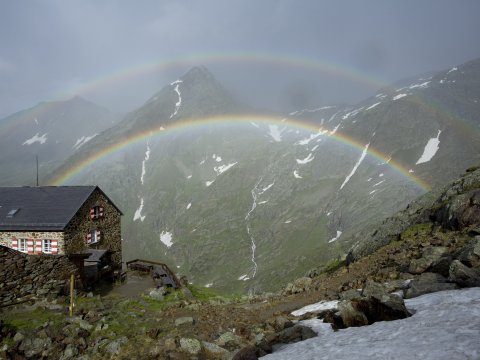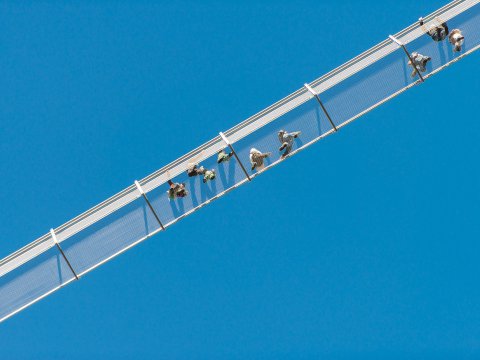In Other Spheres



Since the beginning of time, human beings have been dreaming of flying. Nowadays, however, drones and Google Earth are already part of our everyday life. But do we really understand what we can see from above if we are not physically up there?

Human beings have never settled for the perspective of bipeds. Since the dawn of mankind, we have been crafting all different kinds of devices which would help them overcome obstacles and go beyond their physical abilities: carriages, sailing boats, cars, drone taxis – we can tell the story of civilisation based on these auxiliary devices with which we want to reach things faster or gain a new view of the world. The quintessential goal of the idea of being higher, faster, and further away is the dream of being able to fly. In Greek mythology, Daedalus and his son Icarus created two sets of artificial wings. They wanted to soar high up into the sky, but pride goes before a fall – and they ended up being punished for their overconfidence. The Greek gods did not want to be challenged for their privilege of having the top view.
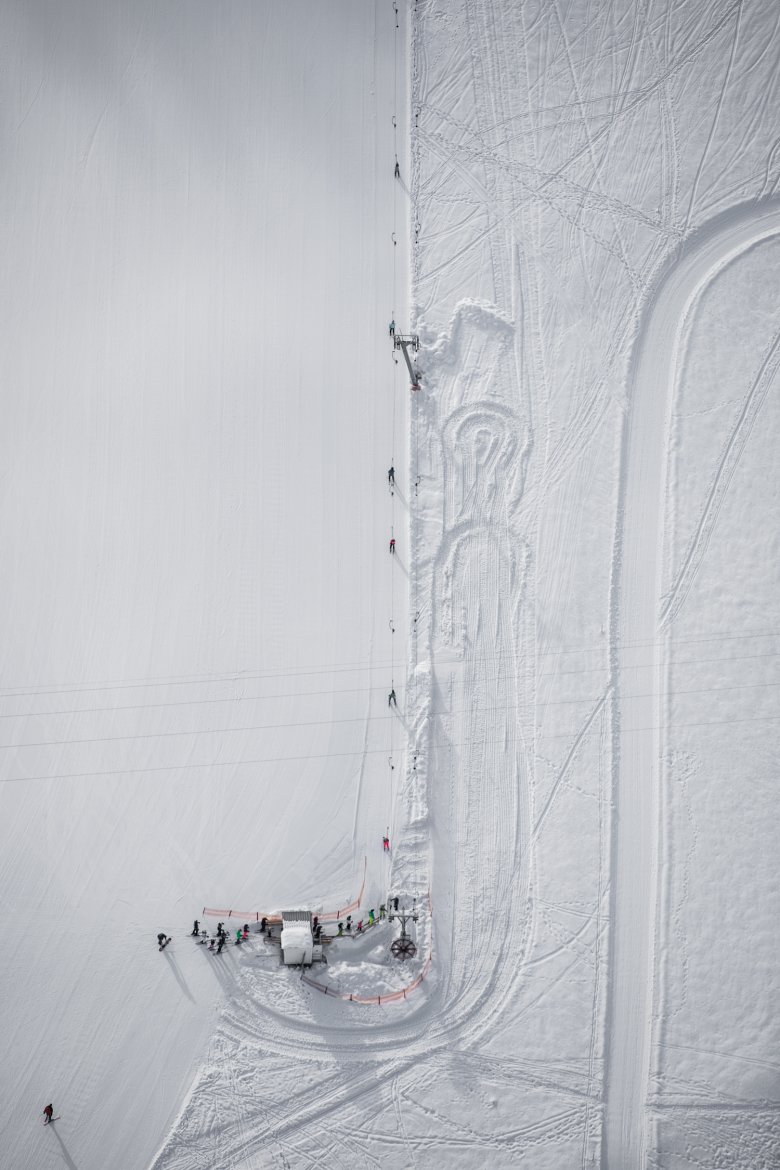

In Tirol, the view from above is quite a familiar one though. However, when standing on the summit of a mountain, you tend to gaze into the distance instead of “onto” the world. Well, there is the Wildspitzbahn cable car in Pitztal valley, which transports guests all the way up to 3,440 metres above sea level – and to massive steep faces. But who dares to get that close to the edge? It seems like the tragedy of Icarus has not stopped us from still trying things out: It is no coincidence that the first hot-air balloon flight of the Montgolfière brothers went hand in hand with the Age of Enlightenment and the French Revolution. Pioneers of flying and eventually astronauts were celebrated as superheroes. Roughly quoting Star Trek: “They go there where no man has been before.”

Nowadays, the view from above is commonplace for many: Flying is safer than driving by car. Drones have become regular devices. And if you want to know what your house looks like from above, just click on Google Earth on your smartphone. In everyday life, every wonder is somewhat forgotten.


The last discoverers are hot-air balloon riders and paragliders, who use the friendly thermal lift. The experienced aerial view changes everything: The wind is whistling, and still it is quiet. The chaos of the world beneath us fades away – and a clear picture emerges. The tracks of individual skiers on the slope change into a total work of art. Suddenly you will recognise that all the houses were built on the basis of the same pattern. You will finally understand the vegetation areas and the mountain crests which often don’t make sense when you are in the valley focussing on your GPS. This cognitive shift in awareness, often while viewing the Earth from above, is called the „overview effect“. “I didn’t feel like a giant. I felt very, very small,” as Neil Armstrong once said. Precisely because we have so many satellite and drone images nowadays, it is worth finding out what it is really like up there.

A hot-air balloon ride in the middle of winter – at first that might sound kind of cold and uncomfortable. However, this adventure is particularly spectacular at exactly this time of the year (and a lot warmer than our author had anticipated). Find out more about our experience during the exciting hot-air balloon ride over wintery Tirol.
All photographs by Dominik Gigler










